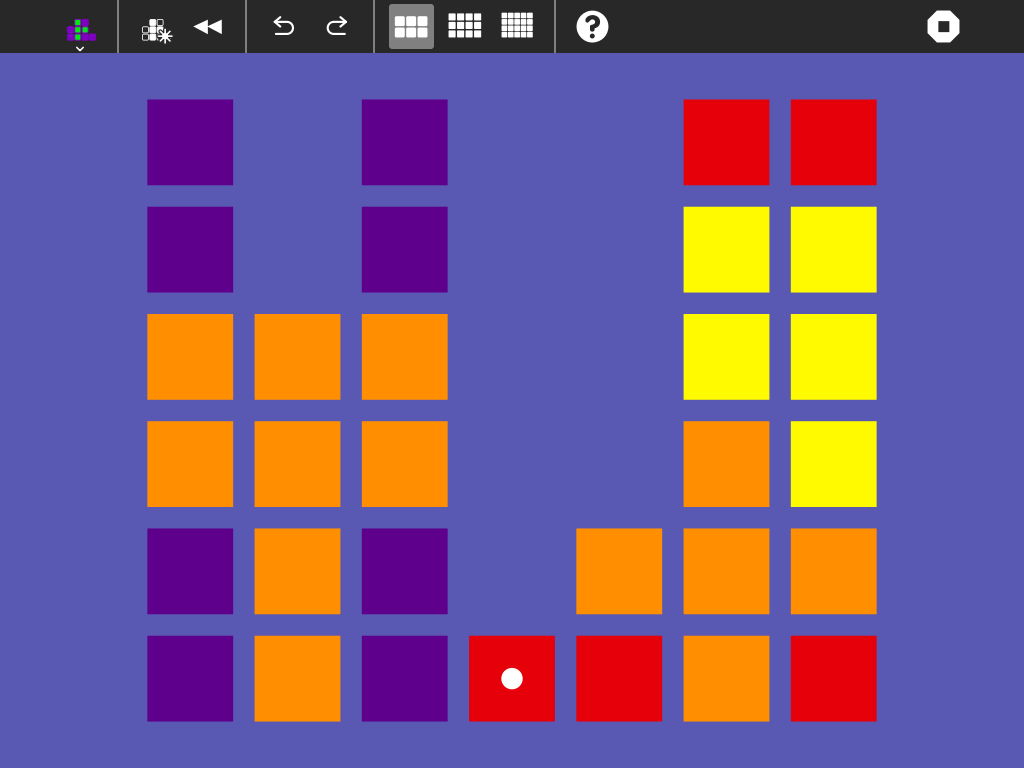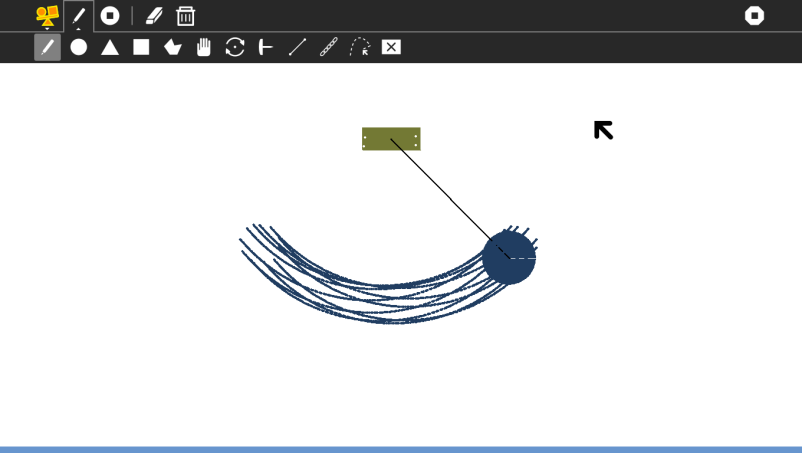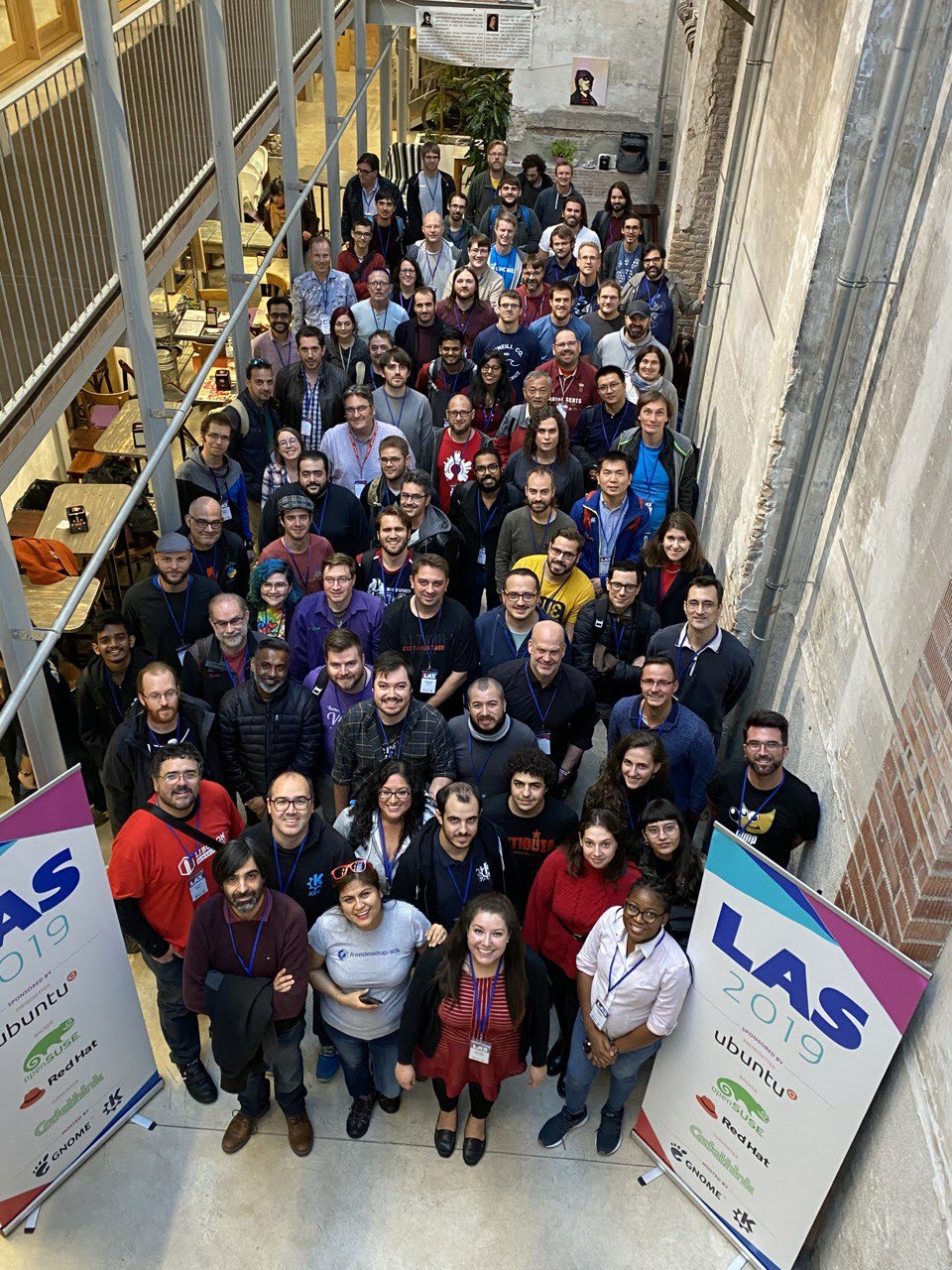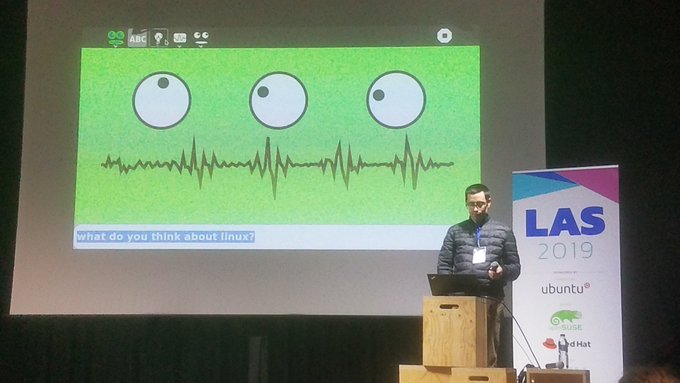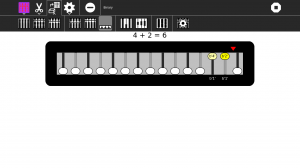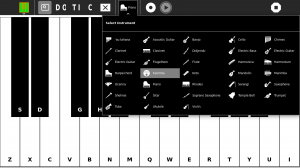Catching up
The last couple of months have been hectic: more Sugar applications with Flatpak, quality of life improvements to Flatseal, tinkered with the idea of a Flathub-based OS for phones, showed case the tools to create modern native applications with JavaScript, shared my views on how Flatpak is reshaping the desktop’s future, teased the GNOME Circle at the Linux App Summit, planted the initial seeds to kickstart the GNOME community in my home country, started contributing to Flathub’s backend and other non-desktop projects (oh, yeah, and then my actual job 😂).
For this post though, I would like to focus on the progress made to Sugar applications with Flatpak.
Sugar Learning Tools
During my GUADEC presentation I mentioned the things I wanted to achieve moving forward with this project. Primarily, improving the documentation and porting guide to ensure that this project can scale and, of course, port more art-oriented applications.
For improving the documentation, I ported Sugar’s official “hello world” and re-wrote the porting guide based on this application. By using this minimal application as an example, it becomes much easier to highlight the key porting steps and concepts. I also took the opportunity to update the application itself to the latest version of the Sugar toolkit.
As for porting new applications, I didn’t get to port as many art-oriented applications as I wished. Mostly due to the fact that most of those are still using GTK2 and Python2, so it would require more time I can afford at the moment. Nevertheless, I ported some pretty awesome ones.
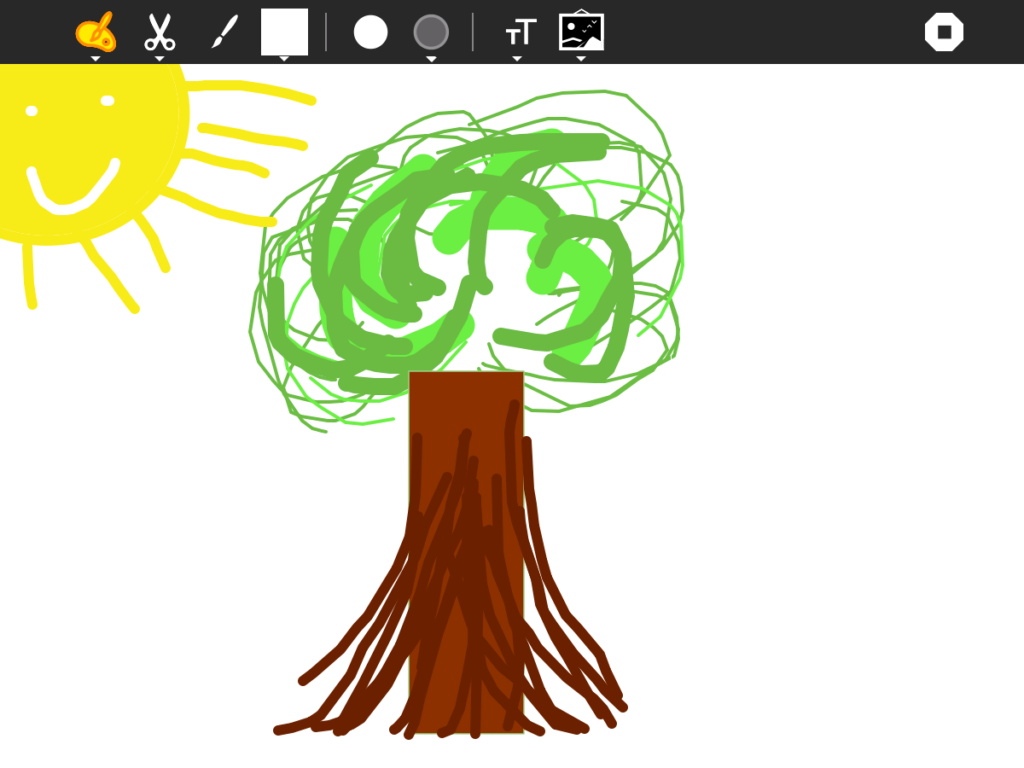
Paint is a playful painting application. It provides all the classic tools a young learner would expect, e.g. brushes, shapes, text, transformations, adding images, etc. Plus, it can enable sounds to make the experience extra funny.
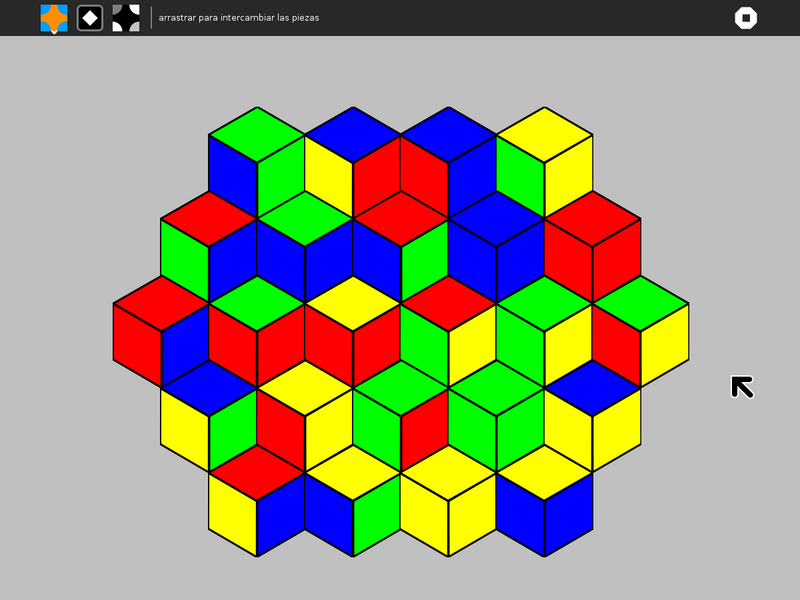
Pukllanapac is a Rubik’s Cube-like game. The objective is for the learner to exercise their problem solving skills. The application has different patterns for circles, triangles, and hexagons.
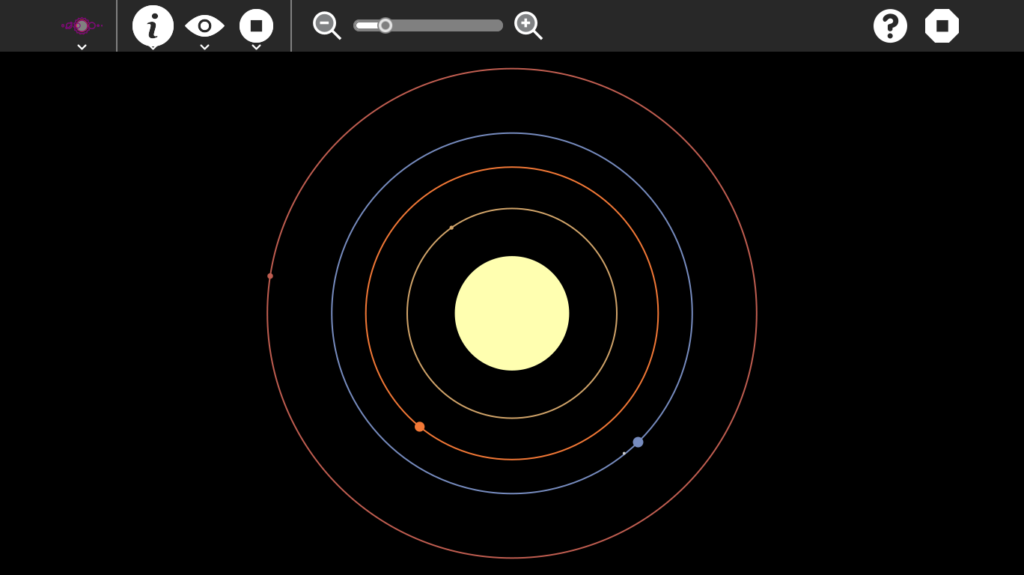
Solar System is an interactive visualization. The goal is encourage the learner to know more about the planets and their moons. In words of the original developer of this application (@cvgarciarea) :
It is my hope that this tool serves as a practical and interactive way to explore astronomy.
It’s worth noticing that he was one of the early young Sugar hackers that showed up, when the Uruguayan government introduced OLPC nation wide.

Swift Feet provides a series of entertaining physical activities. It encourages the learner to stay active. Includes exercises and dances. This application was originally designed for OLPC Canada in collaboration with ParticipACTION Canada and Ophea organizations.

Sugar Chess is a friendlier front-end for gnuchess. Its features go beyond and above other popular chess applications, e.g. allows the learner to customize the graphics, replay matches, use different modes, and more.
Moving forward
There’re still plenty of applications that need to be ported but, for the time being, I need to find a better way to monitor these twenty five applications that were ported so far.
I have discussed the idea of a developer Dashboard with Flathub’s maintainers but, for the short term, I might end up hacking something quick for my own needs.
Another imminent task is to update the BaseApp and all applications to the latest GNOME runtime, but this should be trivial. If anyone is interested in learning about packaging applications with Flatpak this task could be good a opportunity, so feel free to contact me!







